HFN: Do you believe in the burn-in effect of in ear monitors?
OM: This is a delicate question. It is possible that electric or electronics components can react differently after a period of use, but we have to consider that we are dealing with the brain and the psychoacoustics, so very often the brain adapts itself to a perception that may not even be real. Working as monitor engineer I do have tons of evidence of this, many times musicians were asking me to correct something on the desk, and when they claim ”now it is perfect”, I didn’t even touch anything.. It happened to me also, when I was “listening” to the changes introduced by an EQ, but the EQ was bypassed… ahahah
So Burn-in can be real (of course the diaphragm and the mechanical part of the monitor will change their stiffness after a while) though there is no real technical evidence of this (yes I know, CSD could show this… Try to measure CSD several times the same driver, you will see it change all the times). Even Tyll Hertsens wrote a very interesting article about it, “Evidence of Headphone Break-In”. I can say, if you think it works and you are happy, it’s ok.
HFN: What is the easiest way to tune a monitor?
OM: You’re kidding, right? The easiest way would be probably to just take an “off the shelf” solution from the driver manufacturers and put it in a shell. This would work good sometimes . In my opinion, first of all you need a trustful measurement system and you must know how to interpret it. Relying only on your ears doesn’t work. It can happen that you are lucky and successful one time, but in the long distance you need a scientific method. So, an ear simulator according with the IEC 60318-4 standard, a good measurement software, some other “special” gears and the ability of understand the matter well. I cannot reveal completely the methods and the gears I use, but there are some parts that can be tweaked, like the tubes, the dampers (acoustic part), the crossover (electric part) or even the drivers etc. For me, everything starts from a final concept. What I would like to achieve as end-result. Normally, I am quite clear about the frequency response that I want. I start choosing some drivers for that specific purpose (for example a sub, a full range, a midrange, a tweeter etc). Then I measure them with a real time software, so I can see in real time every change, and I choose the one that I think could work (and obviously sometimes I am wrong and I have to start again). Next step would be ti put into the game the next driver and see how they work together and then fine tweak them, and so on. But the more components you put together, the more complicate the the whole becomes. There are so many interactions between the drivers to take into account. For example, you think that doubling a single driver will increase the SPL, but when you stick two drivers together and you put on a common tube, they interact as a kind of “Helmhotz” resonator with each other, so you have some phase issues and some dips. How do you overcome this? I take great care in getting a quite smooth frequency response, but you need also to consider the phase relationship between the components, and one aspect that is often underestimated, the “group delay”. This is not the right time to talk about this, but try to “Google it”..
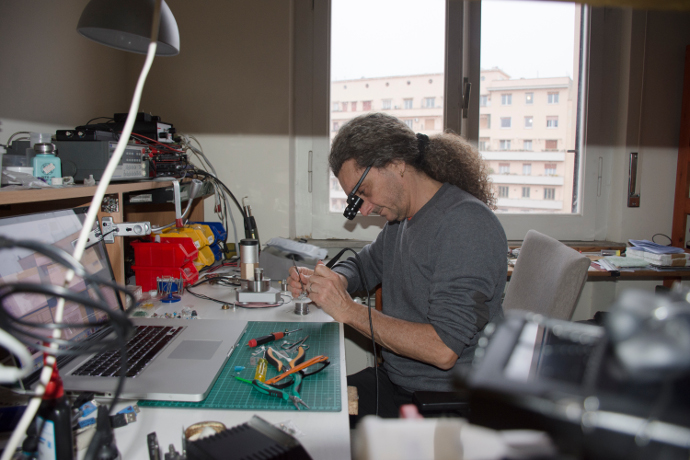
Oliver Marino
HFN: Do you believe in cable sound?
OM: Here again we are dealing with objectivity, like the fact that some materials are better conductors than others, the impedance of the cable can vary and so the sound of the IEM gets altered. But there is a point where we deal with subjectivity, sensations, feelings. I cannot believe that a copper cable (or silver or whatever conductor) has a “direction of orientation” for the electrons (yes, I read this too in the past, for the HI-FI market). It’s a matter of purity of the conductor, it is obvious that the greater the purity the greater the conductivity, the lower the impedance. Impedance is really important in matching systems, is the way the energy can be easily transferred from one system to the other, but we need to be careful to not “chasing fairy tales”.
HFN: What is your favourite IEM you didn’t design?
OM: The one I will design next I can say I like the UERR and the new Westone W80
HFN: What product was the most challenging for you to realize?
OM: Every design has its own complexity, but probably the LZ12 from LiveZoneR41, at that time I didn’t know the matter like I know now, so it was quite hard to design a great sounding TOTL.
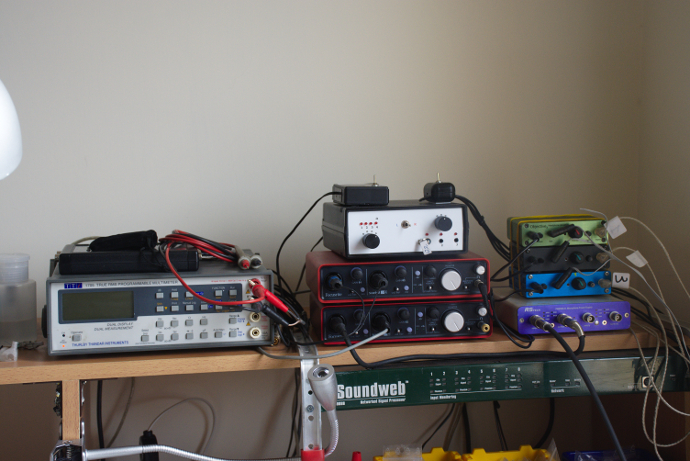
Oliver Marino
HFN: Will you ever have a brand of your own again?
OM: Absolutely no. I am happy when I am at the lab. I would like to be a little more known as someone who can design good products. (or at least he tries).I am happy to work with VE, a great company that will give me for sure this opportunity. We will produce great products together.
HFN: Who is the most respectful other designer you know, and why?
OM: One that I respect and admire, although I do not know him personally, is Jerry Harvey, we all have to agree that he was one of the first that “invented” this market. He really knows the matter and too many competitors have copied his designs.
The last page is about increasing prices for flagships, his favourite gear and a list of songs he uses for testing.





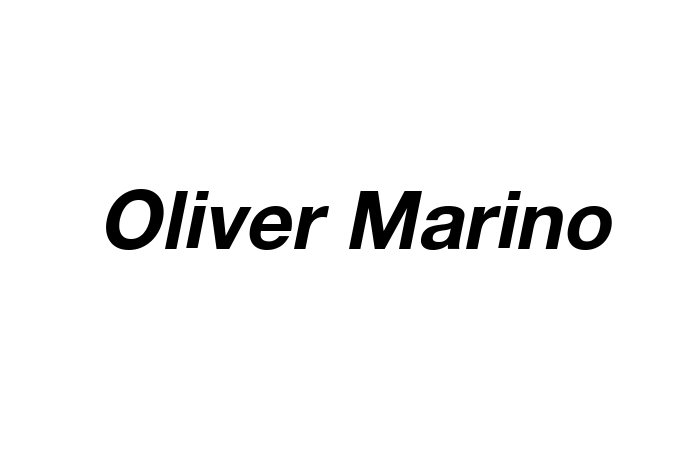
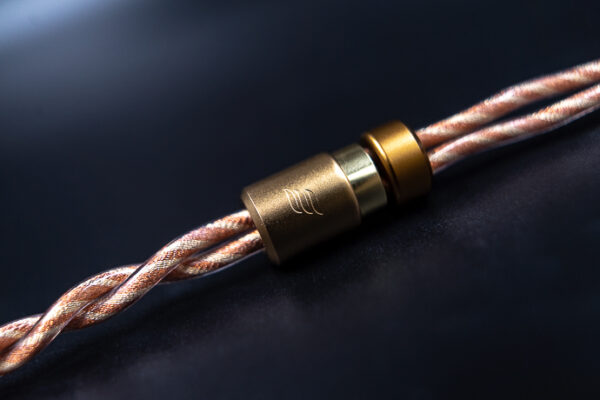
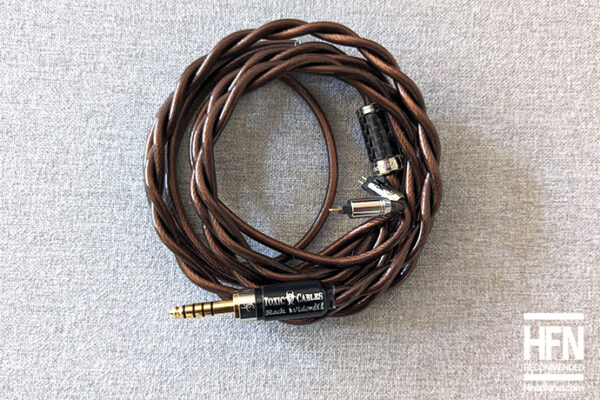
Dmitri
Thanks!
When Oliver answered the question about his participation in the well-known products, a hint of UERR were quite transparent)
Oliver Marino
Just to clarify,
I am not involved in any way in the UERR,i said that I like it, that’s all ????
Linus
Thanks for the clarification Oliver!